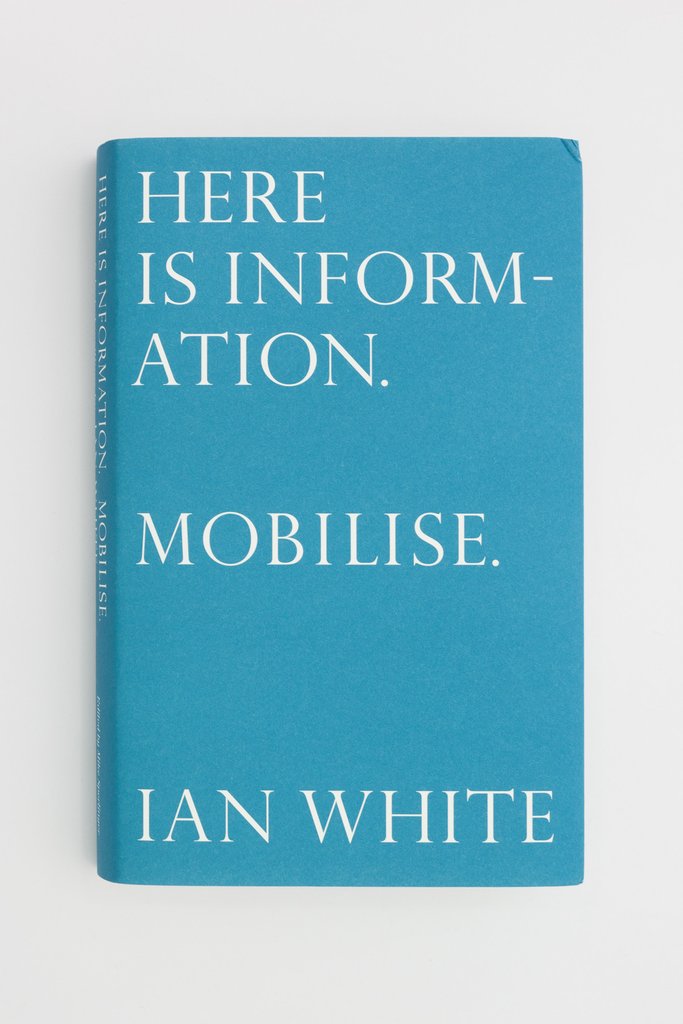White’s work disrupted expectations of the cinema, the auditorium, and passive viewing formats by bringing audiences into social correspondence with films, their own ideas and perceptions, other media, and each other. Interrupting images and information with situations of liveness, White might invite an artist to call in and read a text in the middle of a film program, or his own performing body and voice might be overlaid by the disruptive light and sound of Tony Conrad’s experimental film The Flicker (1966). His writing provides insight into a sustained address of the aesthetic, social, and political space of reception, and frames the auditorium, a critical site of reception, as “a productive limit or a dialectical location containing all the potential of a crumpled heap.”¹
White had a significant impact on artists and artist-filmmakers. He initiated the influential LUX Associate Artists Program in London, and his familiar presence at discursive and live events in London, Berlin and elsewhere emphasized the need for an incisive and responsive critical consciousness.
Within the fractured experience of the 24-hours news media cycle, and its construction by different parties, White's notion of precipitating a form of collapse "between art and news, between auditorium and television, information and emotion" seems a pertinent provocation.² As we move into an era of alternative facts and calculated distractions, the question of how to respond to the imperative issued in the title of his book is only further complicated: that is, how to process, verify, organize, and mobilize the often conflicting interests and sources behind the live information we are presented.
This program will offer a shared reading of White’s writings that is informed by an analysis of the present, with feeds of images and information interrupted by excerpts from his work and reflections on its meaning for us now.
Copies of Here Is Information. Mobilise. will be available for purchase.
